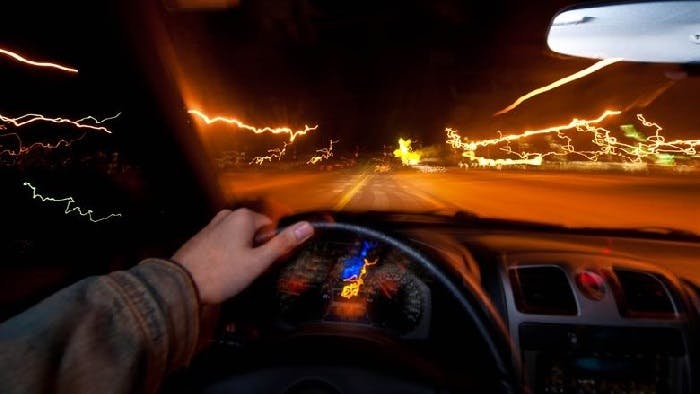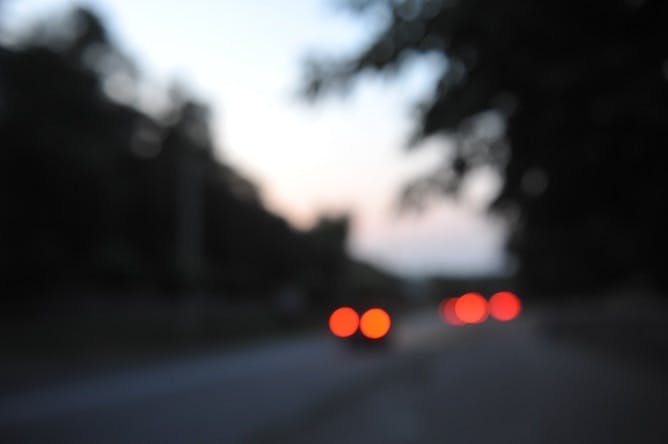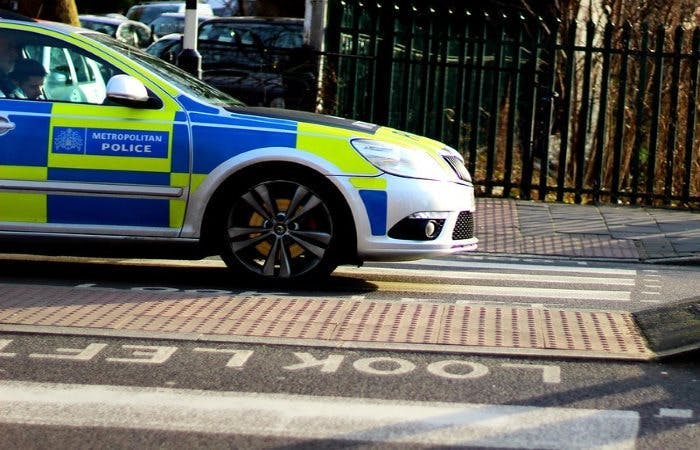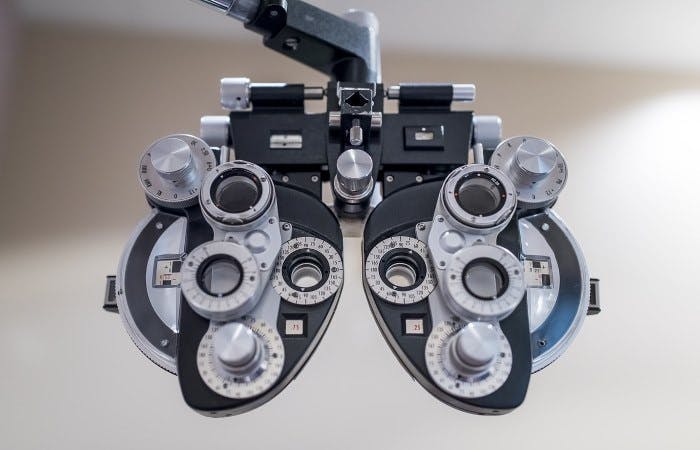
The DVLA and the police are cracking down on poor eyesight in drivers. If you're learning to drive in the UK, you can expect not only to fail your practical test—almost before it starts—but also have your licence revoked if you are unable to prove sufficient eyesight for driving.
And don't get complacent once you pass: qualified drivers also risk losing their licence if shown to have inadequate vision. Avoid getting caught short by making sure you are aware of the eyesight rules, and can comply with them.
What are the eyesight rules for drivers?
In order to meet the current eyesight standards for driving, anyone getting behind the wheel in the UK must be able to identify the numbers and letters on modern number plates (those on cars from 1st September 2001 onwards), from a distance of 20 metres.
As well as this, your field of vision must be adequate. It’s all well and good being able to see directly in front of you, but you also need to check that you will pick up potential hazards in your peripheral vision.
Check out these specific rules if you only have sight in one eye.
Many people need glasses or contacts to be able to see this distance; if that's the case, you don't need to tell the DVLA, but you must ensure that you always wear your corrective eyewear when driving. Losing or forgetting your glasses is no excuse.
Likewise if you’ve had corrective vision surgery. The DVLA doesn’t need to know about your laser eye or lens surgery—but you must be able to meet the driving sight standards.
For some other conditions, even if the problems develop after obtaining your licence, you must inform the DVLA, who will then make a determination on your lawfulness to drive. Not doing so can lead to a fine or prosecution if you have an accident.
Why is it so important?

The strict eyesight rules highlight the importance of the ability of drivers to see far—and clearly—enough. It sounds obvious, but evidence suggests that while most people realise that driving under the influence is wrong, a great number of motorists are ignorant of eyesight rules. Not something that fills us with confidence!
Eyesight at less than the required standard can lead to accidents, because you might not spot a hazard in time. Poor vision can also cause you to misjudge distances, which is crucial for many aspects of driving, from pulling out at junctions to following another vehicle.
When will my eyesight be tested for driving—and what happens if I fail?
On your driving test
When you go for your practical driving test, your examiner will ask you to read out a number plate to demonstrate that you have an acceptable level of eyesight. In fact, it will be the very first thing that happens—and is just as important as showing off any of your other driving skills.
If you pass the eyesight test, you will continue with your practical. If you do not read the first number plate correctly, you will be given two more attempts. These will be on different cars; should you fail all three, you will automatically fail your practical test. Your test will end then and there, before you’ve had any chance to show off your perfect parallel parking. Even more crucially, the rules now dictate that your provisional licence will be revoked.
Not only you will have to re-apply for your provisional and retake your theory test, but you'll have to take an extra eyesight test with the DVLA before you’re even allowed to book another practical. That's a lot of extra cost, time and hassle to contend with.
Anytime you're driving

Drivers can be pulled over by the police in the UK for any reason; they might simply be conducting random spot-checks. As part of their check, they may ask you to read a number plate from the required distance. Indeed, some police forces are already doing this as standard.
Just like on the practical test, failing this eyesight test will cause your licence to be revoked. You will be disqualified from driving for a period of time; when you're allowed to re-apply for a licence, you will have to provide evidence that you are able to meet the driving eyesight standards.
How to make sure you’ll pass the eyesight part of the practical
Never leave your eyesight to chance. It’s not just your safety at stake when you get behind the wheel; your passengers and fellow road users are also affected by your decisions.
Before you start your driving lessons, check that you can read number plates from the correct distance. If you can measure it out, that’s great; otherwise, 20 metres is roughly 5 parked cars away from you. Even as a new learner, you have a responsibility to ensure you’re following legal driving requirements—and that includes being able to see.
Any doubts—and the best way to establish that you have an adequate field of vision—is by going to the opticians for an eye test. It’s a good idea to have one every now and then anyway to check the health of your eyes: opticians can often pick up glaucoma before you've noticed the symptoms, and can even spot signs of diabetes, MS and other serious conditions.
Booking your eye test

Don’t be put off by the cost of eye care; it’s likely to be a fraction of the cost of learning to drive, and is ultimately much more important.
The NHS offers free eye tests to a number of people, depending on factors like age, income and risk of certain medical conditions. If you’ve already paid for an eye test, but think you may fulfil the criteria, use your receipts to try and claim back the cost. Some people are even eligible for money towards glasses or contact lenses.
Those under the age of 18 and in full time education are entitled to both free eye tests and optical vouchers, so if you're looking to start driving as soon as you’re allowed, get yourselves booked in to your opticians.
Even if you don’t qualify for the NHS scheme, you can often get cheap—or even free—eye tests by looking for deals before you book. See what offers Specsavers and Boots Opticians currently have (other opticians are, of course, available).
If you’re in work, check with your employer as to whether they will pay for you to have an eye test. Many companies offer this, particularly if your job involves looking at a screen for hours on end.
Top tips for drivers who wear glasses or contact lenses
Long or short sighted? If you have to wear glasses or contacts when you drive, you can reduce the chance of issues occurring by following these simple tips:
- If you wear contacts, try to always have your glasses handy. You may occasionally develop a problem with a contact lens, and need to take them out.
- Keep your glasses clean. There’s little more annoying than smudgy eyewear, and fingerprints can impede your vision.
- Get your eyesight re-tested at regular intervals (your optician will advise you on this), but if you think your eyesight has declined, get a test done even if you’re not due one.
- If you wear prescription sunglasses, make sure you have your normal glasses to hand as well. If you end up travelling back when it’s dark, your sunglasses will not be appropriate for driving at night.
- You might be surprised to learn that you aren't allowed to drive in certain sunglasses. Be sure to check out our guide to make your sunglasses are road-legal!
Subscribe for driving advice, offers & more
We'd love to let you know about our courses, news and offers via email. You may unsubscribe at any time.
Star Genie Limited trading as PassMeFast. Company number 10093359
Copyright © 2024 owned by Star Genie Limited
PassMeFast, Blue Tower, MediaCityUK, Salford, M50 2ST

